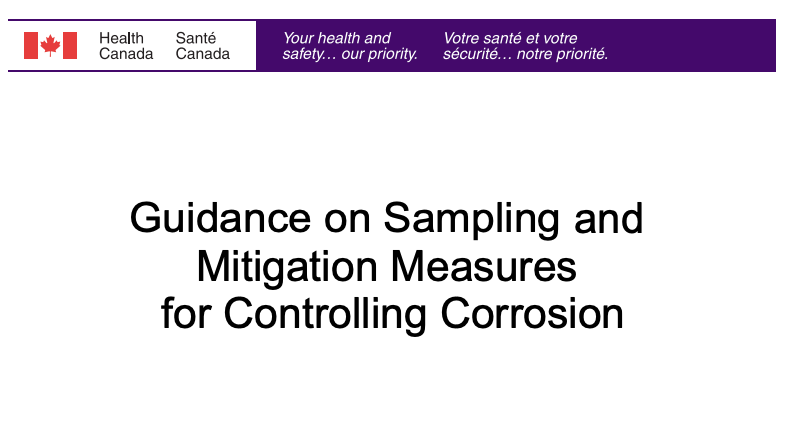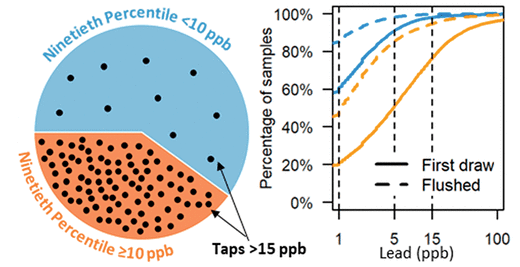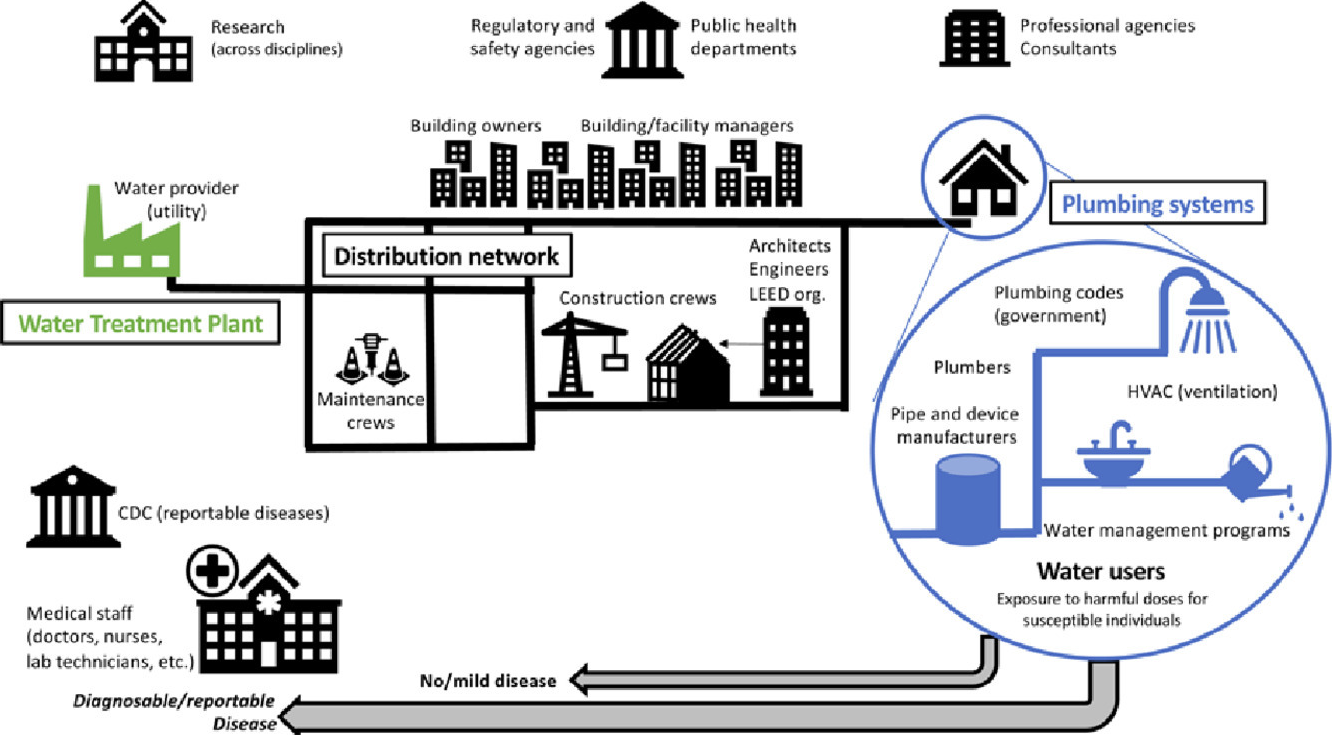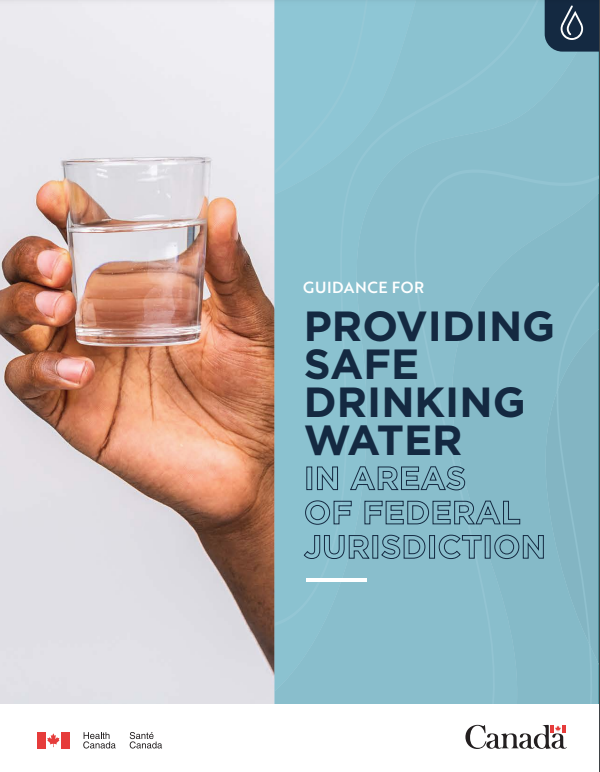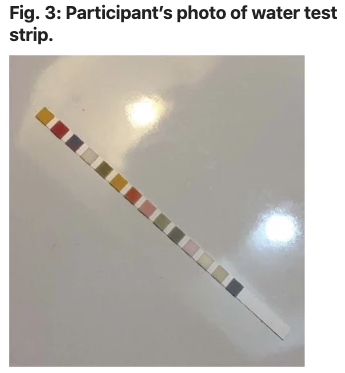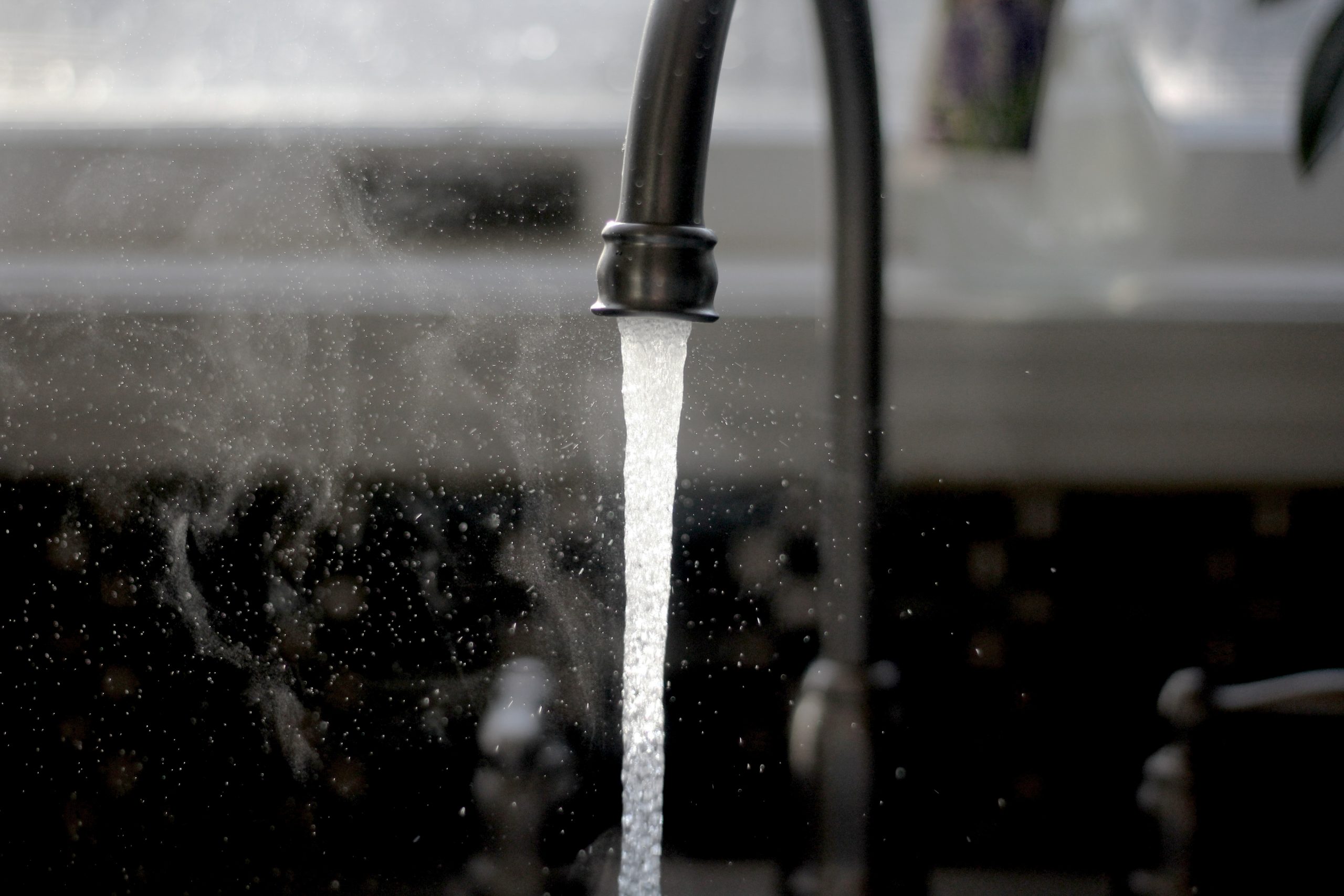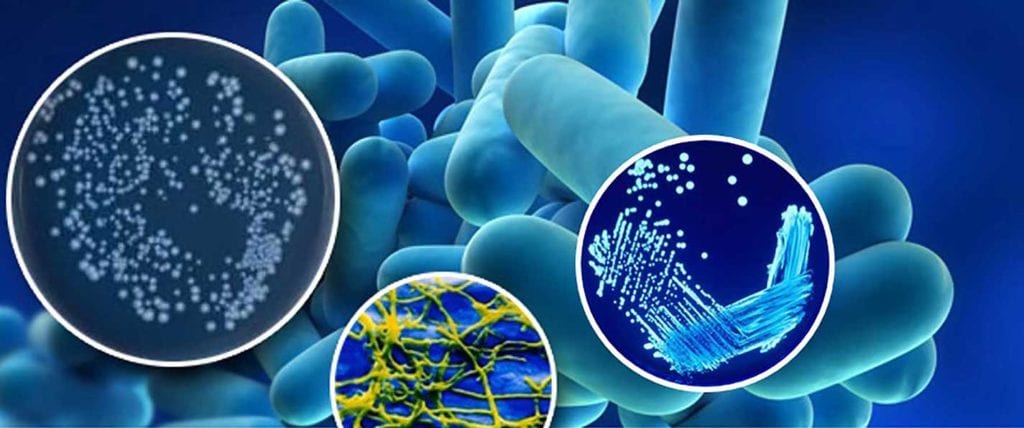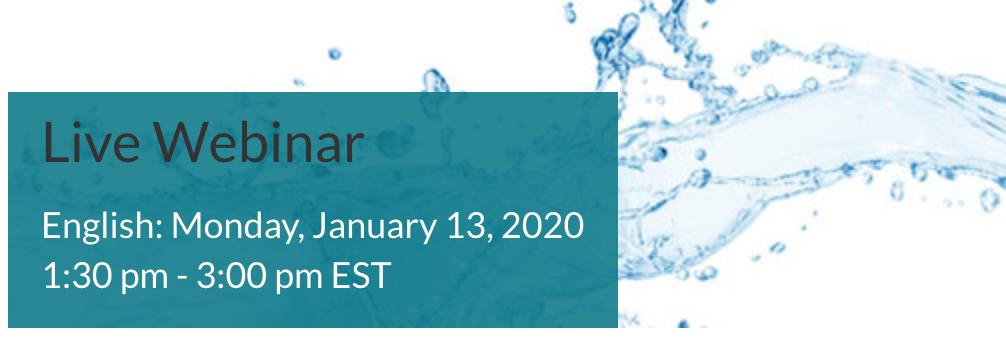Draft guidance on sampling and mitigation measures for controlling corrosion
Health Canada has posted a request for public comment on the draft document entitled “Guidance on sampling and mitigation measures for controlling corrosion.” They indicate that it “has been developed with the intent to provide regulatory authorities and decision-makers with guidance on sampling and mitigation measures for controlling corrosion in drinking water distribution systems.

